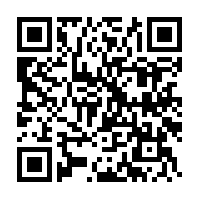An artist once sang “the beautiful people, it’s all relative to the size of your steeple.” (Whatever it means it’s related to beauty in some way.) There are those who say that beauty is in the eye of the beholder. There are also those who love the bold and the beautiful.
Well, whatever. The latest research shows that life doesn’t treat equally the beautiful and those who lack something in the looks department.
Check out: Study: Unattractive People Are Targets For Cruelty At Work
Listen
Glossary
- gregarious – sociable
- uncivil – impolite
- thereof – of that
- courtesy – the showing of politeness in one’s attitude and behavior toward others
- to bully – use superior strength or influence to intimidate (someone), typically to force him or her to do what one wants
- bias – prejudice in favor of or against one thing, person, or group compared with another, usually in a way considered to be unfair
- pervasive – (esp. of an unwelcome influence or physical effect) spreading widely throughout an area or a group of people
Think about it
Answer the questions below.
- What does the author mean by saying that “when it comes to how attractive and unattractive people are treated, your office and your high school aren’t so far removed?”
- How was “cruel treatment” defined in the study?
- Why did the researchers take digital photos of the members of the surveyed group?
- Are there any jobs in which physical attractiveness is a bona-fide qualification? Can you think of any examples?
- What does the author mean by saying: “it makes sense that our thinking and behavior would follow suit?”
Practice makes perfect
Fill in the blank spaces with the missing words.
The study, conducted ________ researchers from Notre Dame and Michigan State University, had ________ simple aim: to find out ________ less attractive people are treated poorly in the workplace ________ often than physically attractive people, despite personality traits. ________ researchers surveyed 114 workers at a health care facility about how frequently co-workers treated them cruelly—defined ________ saying hurtful things, acting rudely and making fun ________ them (behaviors collectively referred to as “counterproductive work behavior”). The researchers also took digital photos _______ those they surveyed and asked a different group of people, who didn’t know ________ first group, to judge ________ attractiveness.
Explore it more
(1000)
Podcast: Play in new window | Download





